An age-old craft, woodcarving, is undergoing a resurgence as people rediscover its meditative, calming aspects and the pleasure of crafting something of beauty with simple tools.
While you can carve any wood, some are more difficult than others due to grain and structure. In this article, we’ll look at some of the best wood types to consider, depending on whether you’re a beginner wishing to dip your toe in the water or a seasoned professional.
What Makes A Wood ‘Better’ For Carving
The primary concern for easy carving is that the wood should be close-grained to prevent splitting and chipping while you work. You can carve any wood, but some require experience and very sharp tools to be successful.
I’ll run through three kinds of wood to consider when starting your carving career before discussing three of the more exotic options once you have your hand and eye adequately tuned.
Woods For Beginner Carvers
Limewood, Linden, or Basswood
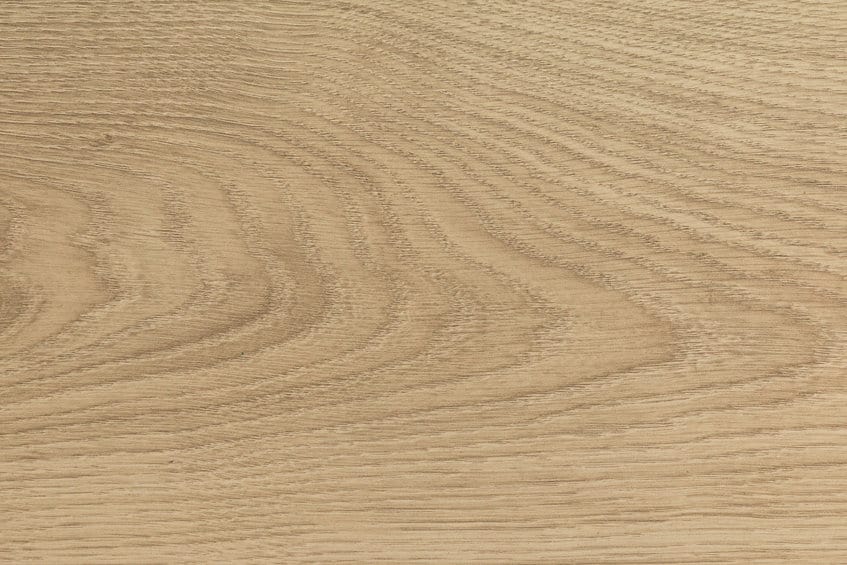
While there are three names, the wood comes from the same tree of the Tilia Genus. The different names are due to the locations from which they are sourced. Linden is European, Limewood is from the UK, and Basswood is from North America. While the timber is soft for easier carving, limewood is a hardwood.
North American basswood is lighter, less dense, and cheaper than the European linden and while it carves well is best for whittling. The European and UK timber is suitable for whittling and paring but less suited to deep chip carving.
The wood is widely used for musical instruments and veneer and is often used in carving or woodturning.
White Pine, or Weymouth Pine
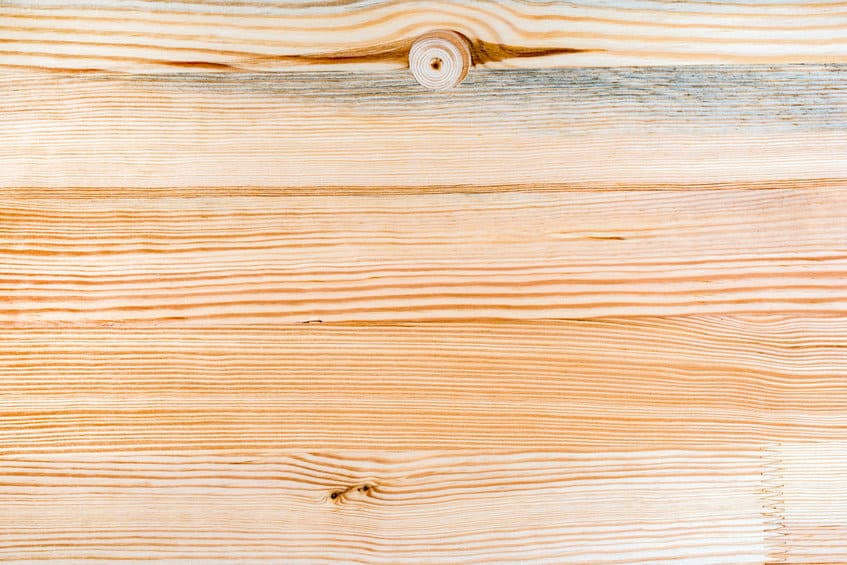
Unlike limewood, pine is a softwood, and while you can use any pine to carve, some are better than others. The Radiata Pine is harder, knottier, and more resinous than some of its contemporaries, such as the White Pine. I suggest that if you’re new to carving, starting with White Pine is a gentle introduction to the art.
Known as Pinus Strobus, White Pine is a large pine native to North America and introduced to the UK in the 1600s. While easy to carve and whittle, the wood should still have some moisture to get the best effect. If it’s too dry, it can become quite inflexible. Remember that it is not durable being a softwood and will dent easily, requiring sealing if used outside to prevent rot.
Aspen
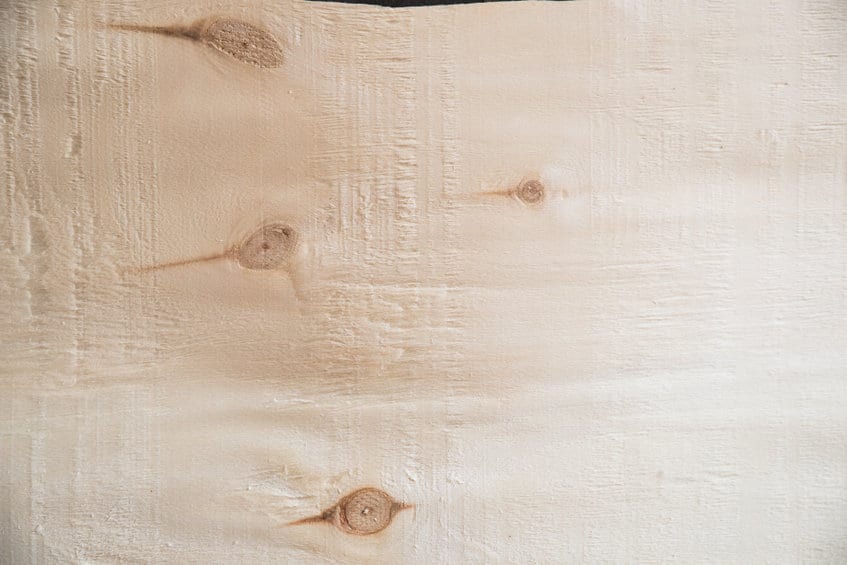
From the Populus Genus, the North American Populus Tremuloides, and the European Populus Tremula are good woods to begin your carving journey. Classed as a hardwood, aspen has a tight straight grain with a white to light brown color and is one of the easiest timbers to work and carve.
Non-resinous, the wood benefits from being splinter-free and crack resistant and is often used for children’s toys.
Woods For More Advanced Carvers
Once you’ve cut your teeth on some of the easier woods, here are a few to consider that have lovely grain and make great finished pieces. They require a little more skill, care, and regularly sharpened tools to get the best effect. They can also be more expensive; however, these timbers’ grain, finish, and appearance is second to none and well worth the effort.
Oak
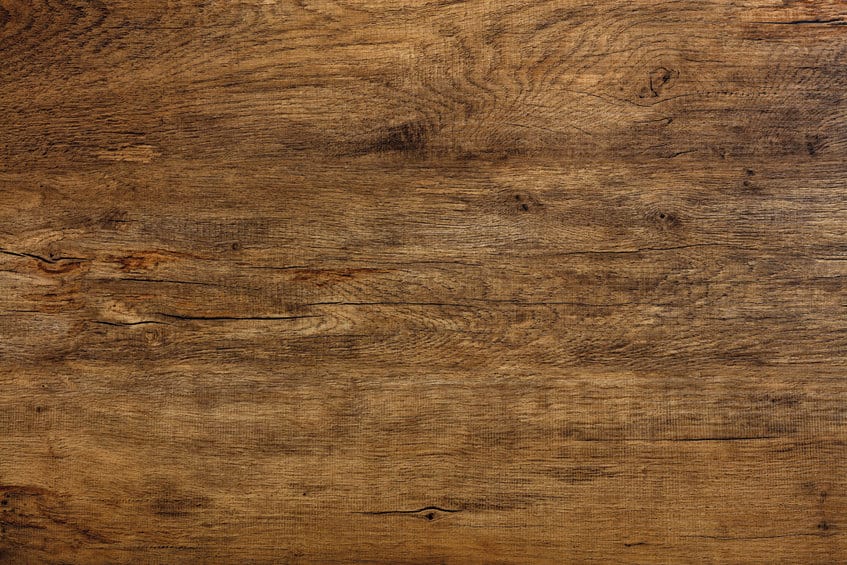
Of the Quercus Genus, there is a long list of oak subgenera. The three most common are the French and English oaks from the Quercus Robur and Quercus Petraea or the North American oaks from the Quercus Quercus.
The North American white oak is a great favorite for carvers, as it is hard, dense, and withstands considerable mistreatment. Challenging to work with, it requires a good edge on your tools and frequent sharpening. It would be best to use gloves and thumb guards when carving oak as you will get blade slippage due to the dense timber.
Deep chip carving on this timber is not an issue, as it takes the chisel well.
Black Walnut
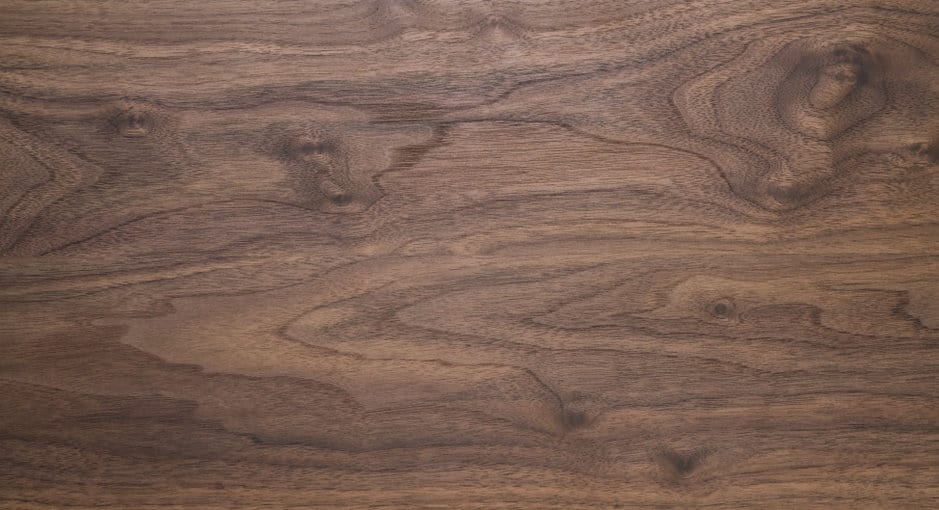
Now we’re getting exotic. Black walnut is not wood to try your first or fifth carving project on as it’s tough, abrasive on your tools, and the sawdust from sanding can be nasty to your health. Oh, and it’s not cheap. Yet, it has the most beautiful grain and colors that range from straw tones to rich dark browns. An additional benefit is that black walnut is food safe if you wish to carve pieces for your kitchen or food handling.
Native to eastern North America, the black walnut, or Juglans Nigra, was introduced to Europe in the early 1600s. Don’t confuse it with the common walnut, or the Juglans Regia, as they’re two different trees.
You’ll need exceptionally sharp tools, and you’ll want to hone them regularly as you progress. To get a good finish, wet the wood to raise the grain, sand it, and when dry, use an oil such as Tung Oil to get a finish that will make your hair stand on end.
Cherry
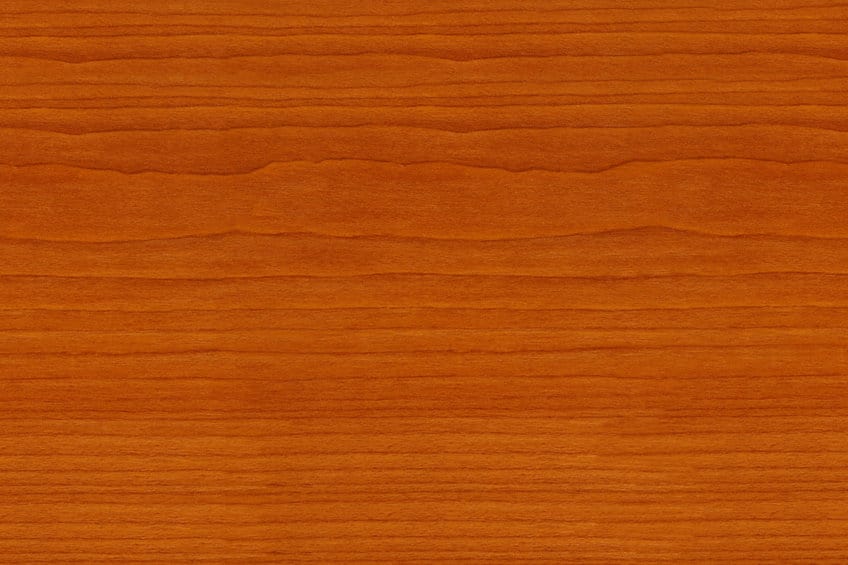
Cherry is a durable hardwood with a satin-smooth grain making it popular with woodturners and carvers. It has a wide range of colors from white, yellow, light and dark brown, and even red.
Of the Prunus Genus, cherries originated in Asia Minor and were brought to Rome in 72 BC, then to England in the 1500s, and North America in the 1600s. When pruning a cherry, be ready to fend off the many woodworkers who will vie for some cuttings.
The best cherry to use for wood carving is the heartwood, as it is less prone to drying out and cracking. However, cherry will readily crack if dried too rapidly, and it should preferably be carved while still partially green then slowly dried.
